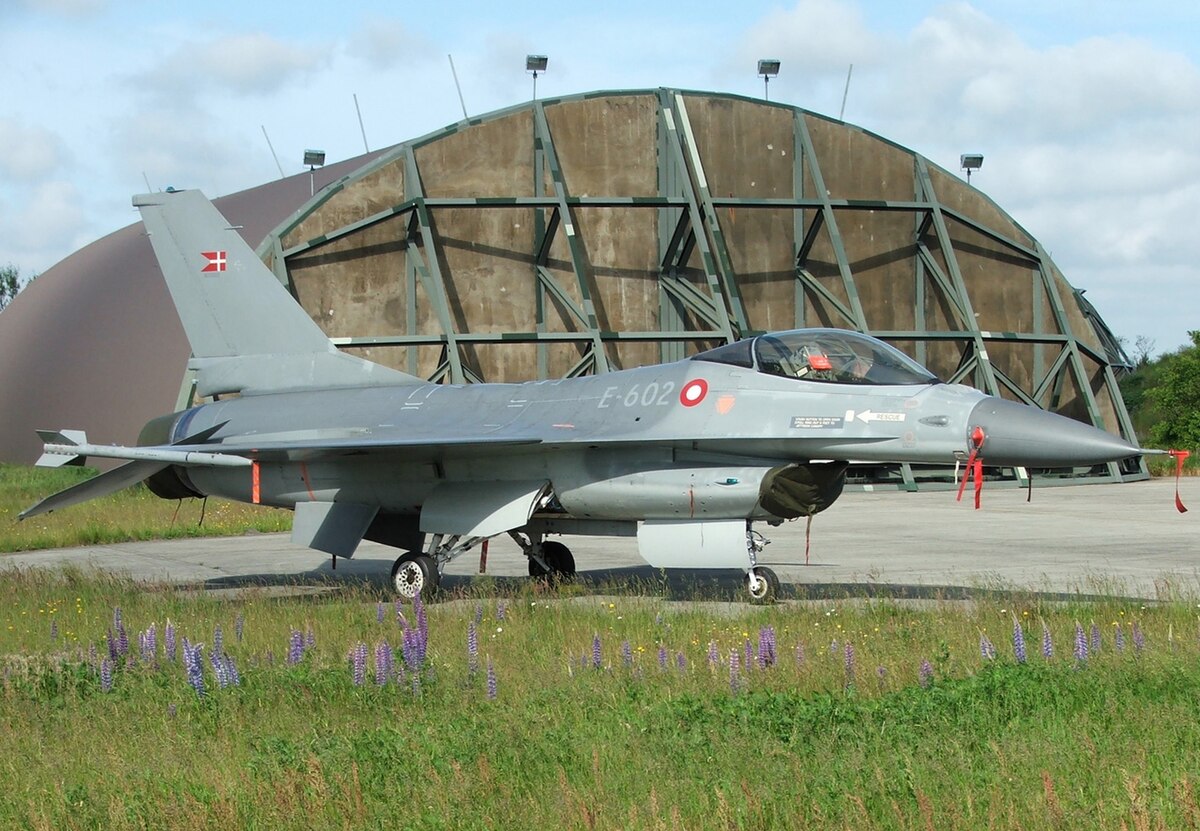The Russian Federation’s Ministry of Foreign Affairs has warned that the F-16 fighters arriving in Ukraine from NATO members would be viewed as carriers of nuclear weapons by Moscow.
The F-16s, slated to be supplied by Western allies – Denmark, the Netherlands, Norway, and Belgium – represent a crucial upgrade to Ukraine’s aging fleet of predominantly Soviet-era aircraft that has suffered significant losses during the conflict.
Moscow has vehemently opposed the deployment, citing concerns over the F-16’s dual capability to carry both conventional and nuclear weapons.
The Ministry drew attention to the historical involvement of such aircraft in what it termed as “joint nuclear missions” conducted by NATO.
“We cannot ignore the fact that these aircraft belong to dual-equipped platforms,” the ministry emphasized. “Regardless of the modification of these aircraft, we will perceive them as carriers of nuclear weapons and consider this step by the United States and NATO as a purposeful provocation.”
The term “Dual-Capable Aircraft” encompasses non-strategic aircraft like the F-15E, F-35, F-16, and Tornado but excludes the B-2A and the upcoming B-21 Raider.
This latest announcement echoes earlier sentiments expressed by Russian President Vladimir Putin, who had previously underscored the nuclear capability of the F-16s, warning that Russia would treat them as legitimate targets.
“We will destroy the aircraft just as we destroy tanks, armored vehicles, and other equipment, including multiple rocket launchers,” Putin stated in late March this year.
The rhetoric emanating from Moscow portrayed a firm stance: the deployment of the F-16s would be seen as a deliberate act of provocation orchestrated by the United States and NATO.
The latest warning coincides with Russia’s announcement of upcoming drills focused on the use of tactical nuclear weapons. The drills have been framed as a response to perceived threats from the West.
On May 6, the Russian Ministry of Defense announced that President Putin had ordered military drills to test the readiness of tactical nuclear forces for combat missions.
The Russian Foreign Ministry said that the military drills would serve as a deterrent to Western “hotheads” and dissuade them from supporting what Russia alleges are “terrorist actions by the Kyiv regime.”
“We hope that this event will cool down the ‘hotheads’ in Western capitals, help them realize the possible catastrophic consequences of the strategic risks they generate, and keep them both from assisting the Kyiv regime in its terrorist actions and from being drawn into a direct armed confrontation with Russia,” the ministry said.

Dual-Capable F-16 Fighter Aircraft
NATO, as part of its defense strategy, routinely conducts tactical nuclear strike exercises, leveraging the capabilities of its member states’ aircraft, including the F-16 Viper fighters. These exercises involve training for the deployment of US B61-series nuclear gravity bombs by various tactical jets operated by multiple member states.
Some F-16 Vipers within NATO are currently authorized to employ older variants of the B61 bombs under the alliance’s nuclear sharing agreements. Additionally, there are expectations that these aircraft will eventually be armed with the latest B61-12 nuclear gravity bomb.
In December 2023, a notable development occurred when a photograph surfaced depicting an F-16 Viper fighter stationed at Volkel Air Base in the Netherlands, seemingly armed with an inert training version of the B61-12 nuclear gravity bomb.
However, NATO members currently known to be part of nuclear-sharing agreements either possess or are now in the process of acquiring F-35s to replace their F-16s and/or Tornadoes.
In March 2024, F-35A stealth jets received official certification to deploy the B61-12 thermonuclear gravity bomb. The development made the F-35 the first fifth-generation aircraft cleared for the fitting of such bombs, indicating a transition towards more advanced platforms for potential nuclear missions.
Meanwhile, Poland has expressed interest in potentially hosting US nuclear weapons in the future, given its proximity to Belarus and Russia’s Kaliningrad enclave.
Russia’s worries about Ukraine possessing nuclear capabilities are largely baseless since Ukraine does not possess a nuclear arsenal, and there have been no signs of any of its allies with nuclear capabilities planning to offer nuclear bombs to Kyiv.
Amid these discussions, Russian experts have downplayed the significance of the F-16 fighter jets going to Ukraine. Retired Russian Colonel Anatoly Matviychuk suggested that the deployment of F-16s by Ukraine would not substantially alter the military equation due to infrastructure limitations and the vulnerability of the aircraft to enemy fire.
- Contact the author at ashishmichel(at)gmail.com
- Follow EurAsian Times on Google News